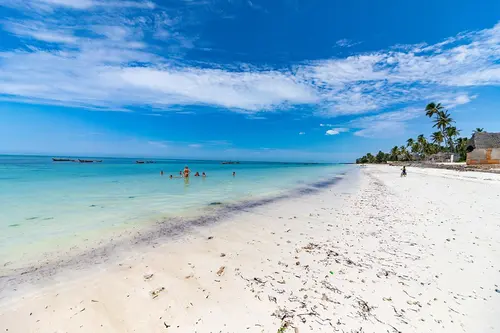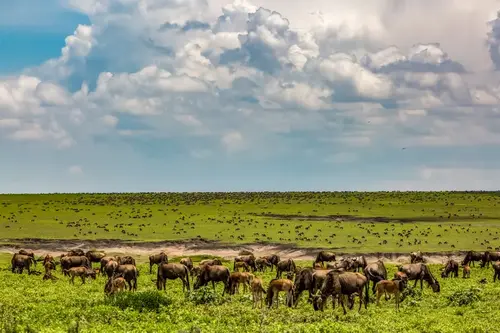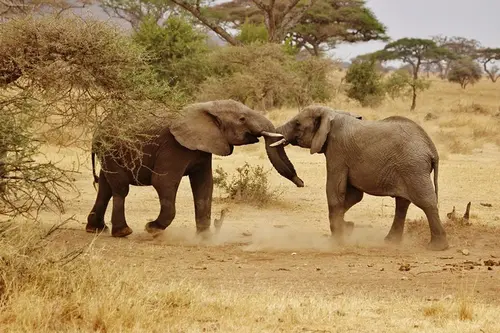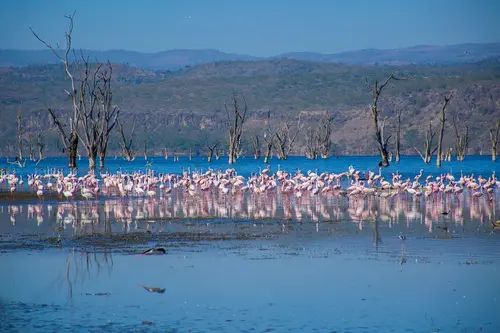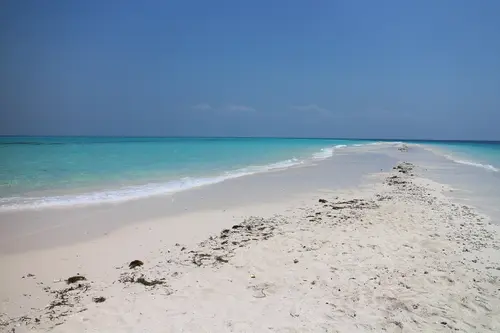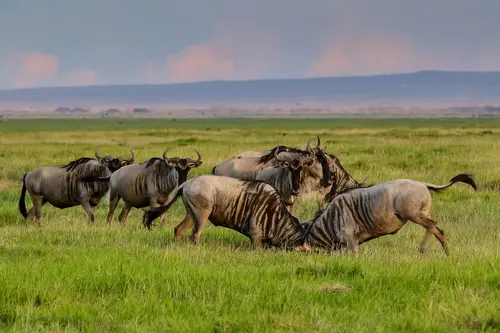Karibu Tanzania
Tanzania is one of the East African countries known for its massive wilderness areas. The plains of Serengeti National Park, a safari focus inhabited by the “big five” game Elephants, Lion, Leopard, Buffalo, Rhino, and Kilimanjaro National Park, home to Africa’s highest mountain as well as the Offshore lies the tropical islands of Zanzibar, with Arabic inspirations, and Clique and a marine park home to the whale sharks and the coral ridges
The geography of Tanzania varies from deep and large freshwater and salt lakes to many national parks, and Africa’s highest point on Mount Kilimanjaro (5,895 m or 19,341 ft)
The Northeast of Tanzania is marred with mountains and includes Mount Meru, an active volcano, Mount Kilimanjaro, a dormant volcano, and the Usambara and Pare mountain ranges of Kilimanjaro these attract thousands of tourists.
West of the mountains is the Gregory Rift, which is the eastern arm of the Great Rift Valley. And on the floor of the rift are a number of salt lakes, including Natron in the north, Manyara in the south, and Eyasi in the southwest. The rift also encompasses the Crater Highlands, which includes the Ngorongoro Conservation Area and the Ngorongoro Crater. To the west of the Crater Highlands lies Serengeti National Park, which is famous for its lions, leopards, elephants, rhinoceroses, and buffalo plus the annual migration of millions of white-bearded wildebeest.
Additional northwest is Lake Victoria on the Kenya–Uganda–Tanzania border. This is the largest lake in Africa by surface area and is usually referred to as the source of the Nile River.
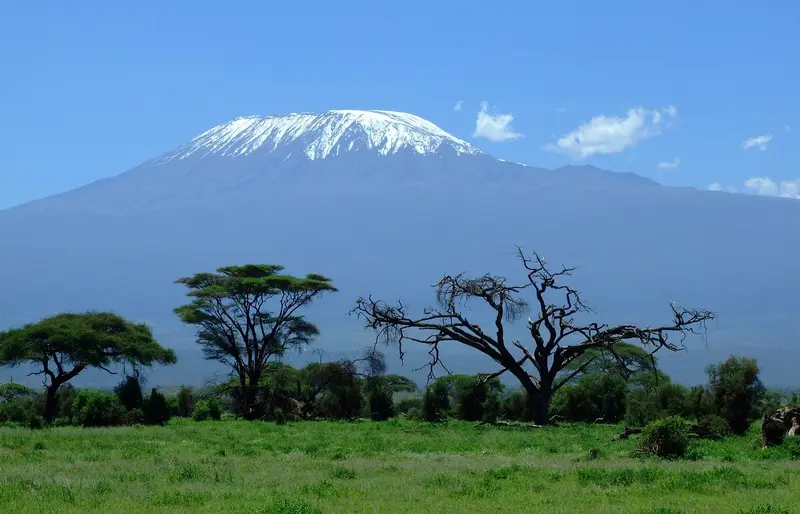
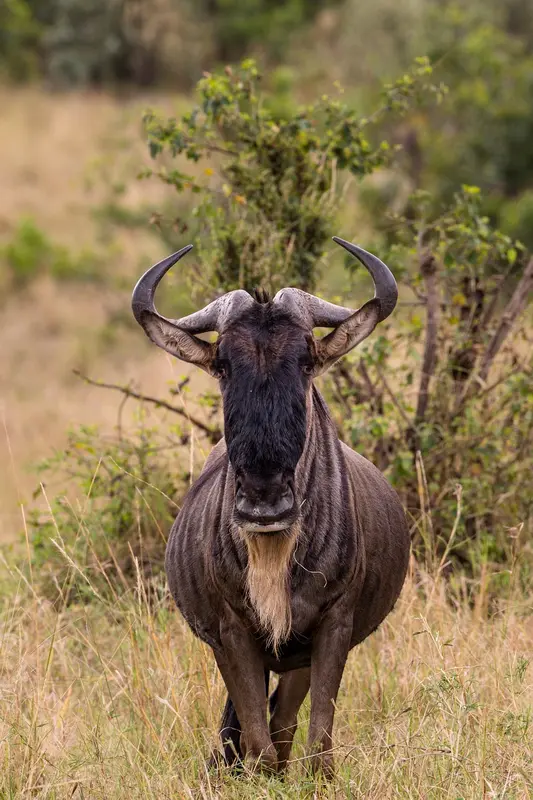
Hot places to visit in Tanzania
Serengeti National Park – is unquestionably the best-known wildlife sanctuary in the world, incomparable for its natural beauty and scientific value, it has the greatest concentration of plains game in Africa
Serengeti and Wildebeests Migration
Serengeti National Park was established in 1952. It is home to the greatest wildlife display on earth – the great migration of wildebeest and zebra. The resident population of lions, cheetahs, elephants, giraffes, and birds also spice impressive. There’s a wide assortment of accommodations available, from luxury lodges to mobile camps.
The Park can be divided into 3 sections. The popular southern/central part is known as Seronera Valley, which the Maasai called the “Serengit”, the land of endless plains. The definitive savannah is dotted with acacias and filled with wildlife. The western corridor is marked by the Grumeti River which has more forests and dense bush. The north, Lobo area, meets up with Kenya’s Masai Mara Reserve.
It is the migration for which Serengeti is perhaps most famous. Over a million wildebeest and about 200,000 zebras move south from the northern hills to the southern plains for the short rains every October and November and then move west and north after the long rains of April, May, and June.
Wildebeests travel through many parks, reserves, and protected areas and through a variety of habitats. Join us to explore the different forms of vegetation and landscapes of the Serengeti ecosystem and meet some of their most fascinating inhabitants.
Hot places to visit in Tanzania
Serengeti National Park – is unquestionably the best-known wildlife sanctuary in the world, incomparable for its natural beauty and scientific value, it has the greatest concentration of plains game in Africa
Serengeti and Wildebeests Migration
Serengeti National Park was established in 1952. It is home to the greatest wildlife display on earth – the great migration of wildebeest and zebra. The resident population of lions, cheetahs, elephants, giraffes, and birds also spice impressive. There’s a wide assortment of accommodations available, from luxury lodges to mobile camps.
The Park can be divided into 3 sections. The popular southern/central part is known as Seronera Valley, which the Maasai called the “Serengit”, the land of endless plains. The definitive savannah is dotted with acacias and filled with wildlife. The western corridor is marked by the Grumeti River which has more forests and dense bush. The north, Lobo area, meets up with Kenya’s Masai Mara Reserve.
It is the migration for which Serengeti is perhaps most famous. Over a million wildebeest and about 200,000 zebras move south from the northern hills to the southern plains for the short rains every October and November and then move west and north after the long rains of April, May, and June.
Wildebeests travel through many parks, reserves, and protected areas and through a variety of habitats. Join us to explore the different forms of vegetation and landscapes of the Serengeti ecosystem and meet some of their most fascinating inhabitants.

Ngorongoro Crater
The Ngorongoro Crater crowned deep, volcanic crater, the largest un flooded and unbroken caldera in the world is about 20kms across, 600 meters deep and about 265sq kms in area, the Ngorongoro Crater is a breathtaking natural wonder.
Ngorongoro Crater is one of Africa’s record famous locations and said to have the highest concentration of wildlife in Africa. Sometimes described as an ‘eighth wonder of the world’, the Crater has achieved world renown, attracting an ever-increasing number of visitors each year. You are definite of excessive wildlife viewing in a genuinely mind-blowing environment. There is nowhere else in Africa relatively like Ngorongoro!
Ngorongoro Crater: Wildlife
Ngorongoro Crater is one of the most expected areas in Tanzania to see the endangered Black Rhino, as a small population is thriving in this peaceful and protected environment. It is presently one of the few areas where they continue to breed in the wild. Your chances of encountering leopard here are also good, and wonderful black-maned lions. Many flamingos are also attracted to the soda waters of Lake Magadi.
Ngorongoro Crater: Maasai village trips
Part of the reason behind the Ngorongoro Conservation Area has been to preserve the environment for the Maasai people who were preoccupied the Serengeti Plains. Basically, nomadic people, they build impermanent villages in circular homesteads called bomas. You can visit a couple of these now, which have been opened up for tourists to explore. Here you can see how the huts are built in a strict pattern of order according to the chronological order of the wives, and experience what it must be like to rely on warmth and energy from a fire burning at the heart of a cattle dung dwelling with no chimney. These proud cattle herding people have a great history as warriors, and even though they are no longer allowed to build villages inside, they continue to herd their cattle into the crater to graze and drink, regardless of the predators nearby.
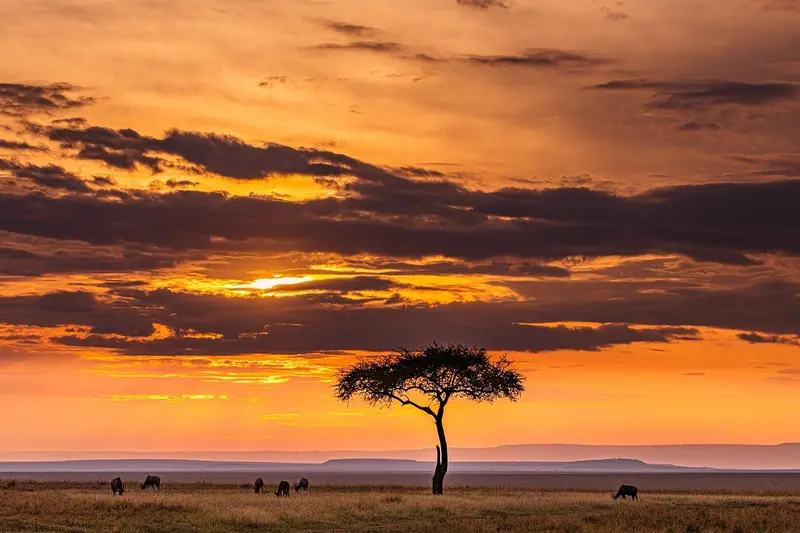
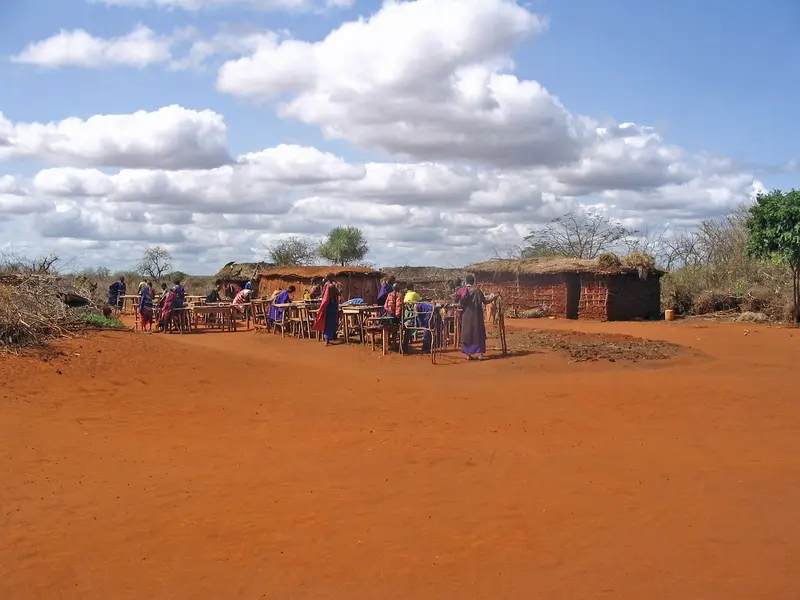
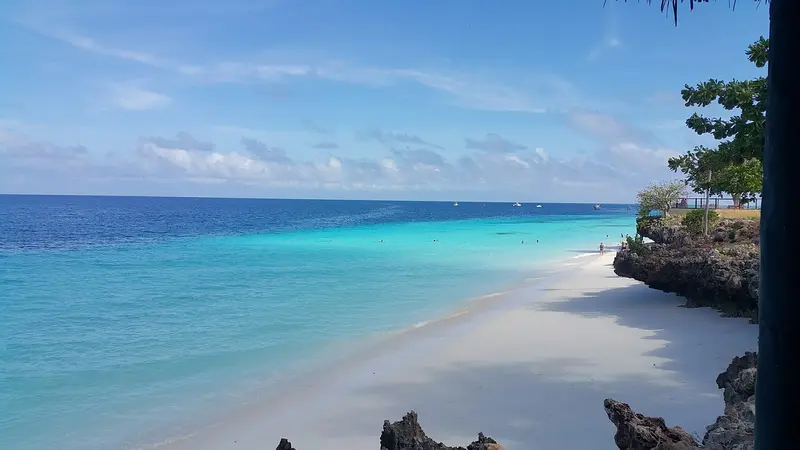
Zanzibar Island
Commonly referred to as the Spice Island, the beautiful island of Zanzibar on Africa’s east coast is jam-packed with culture and history, superficially at odds with its peaceful geography of white-sand beaches with palms swaying indolently in the sea breeze. Together this makes Zanzibar a fabulous place to explore as well as a dream to relax and unwind.
Zanzibar’s coastline offers some of the best beaches in the world, but sand and surf vary depending on what side of the island you’re on. On the east coast, waves break over coral reefs and sand bars offshore, and low tide reveals small pools of starfish, small minnows, and anemones. Up north, ocean swimming is much less susceptible to the tides, and smooth beaches and white sand make for amazing days in the sun.
Port city of Stone Town leads the west coast, and although the beaches of Mangapwani, where slave caves are noticeable at low tide and nearby Bububu are less than half an hour’s drive away, a night or two spent on the east or north cost is well worth the extra hour it takes to drive there. That said, the Chole Island Marine Park just off Stone Town – and nearby Prison, Grave, and Snake Islands – make a refreshing day trip and a good break from exploring the winding passageways of the old city.
On the south coast of Zanzibar lies the Menai Bay Conservation Area, a sea turtle conservation area for the endangered species that come to breed on the island.
Zanzibar Island
Commonly referred to as the Spice Island, the beautiful island of Zanzibar on Africa’s east coast is jam-packed with culture and history, superficially at odds with its peaceful geography of white-sand beaches with palms swaying indolently in the sea breeze. Together this makes Zanzibar a fabulous place to explore as well as a dream to relax and unwind.
Zanzibar’s coastline offers some of the best beaches in the world, but sand and surf vary depending on what side of the island you’re on. On the east coast, waves break over coral reefs and sand bars offshore, and low tide reveals small pools of starfish, small minnows, and anemones. Up north, ocean swimming is much less susceptible to the tides, and smooth beaches and white sand make for amazing days in the sun.
Port city of Stone Town leads the west coast, and although the beaches of Mangapwani, where slave caves are noticeable at low tide and nearby Bububu are less than half an hour’s drive away, a night or two spent on the east or north cost is well worth the extra hour it takes to drive there. That said, the Chole Island Marine Park just off Stone Town – and nearby Prison, Grave, and Snake Islands – make a refreshing day trip and a good break from exploring the winding passageways of the old city.
On the south coast of Zanzibar lies the Menai Bay Conservation Area, a sea turtle conservation area for the endangered species that come to breed on the island.


